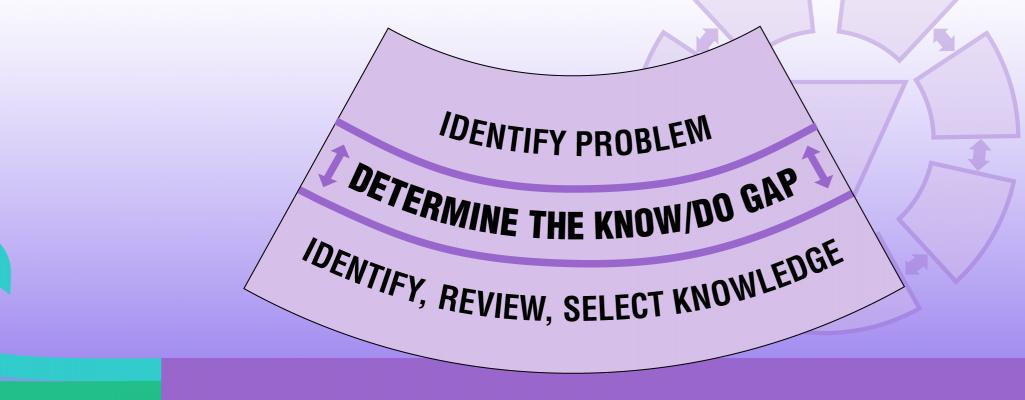
- Observation of staff
- Competency assessment (e.g., knowledge questionnaire) of staff
- Reflective practice
- Performance reviews of staff
- Critical safety incidents
- Clinical audits
- Health outcomes of patients


This section will give you more detail on each of the components of this phase.
How do you know you have a problem?
There are many ways to identify the problem. Look to information sources to help you identify the problem at multiple levels including the micro (i.e., healthcare providers), meso (i.e., an organization) and the macro (i.e., the broader health system).



SOURCES: Kitson & Straus, 2013; RNAO, 2002; RNAO 2012.
Some problems are caused by multiple contributing factors, at different levels. For example, medication errors can be an error in the electronic health system, a simple oversight in the pharmaceutical department, or a wrongly assigned prescription by a healthcare provider. It can be a simple error, but you may need to do more investigative work to find the “root causes” of the problem. You can use the ‘5 whys’ approach or the cause-and-effect diagram from the national health services (see the links to articles in the 'Additional resources' table at the end of this section).
Remember: Be sure you and your team clearly understand the problem or issue that needs to be addressed.
Here are some questions to help you identify and understand the problem area or issue:
SOURCES: Knowledge Translation Canada, 2020; Mental Health Commission of Canada, 2014.
© 2024 RNAO. All rights reserved.